On-Page SEO, particularly through image optimization, is key to boosting search engine rankings and enhancing user experience. Best practices include descriptive filenames, strategic placement, compression for reduced file sizes without quality loss, and proper alt tags providing context to search engines. These techniques lower page load times, reduce bounce rates, increase engagement (click-through rates), and encourage deeper site exploration. Efficient image compression tools and strategies like progressive loading further improve SEO rankings. Incorporating relevant keywords in file names and alt text, along with creating an image sitemap, enhances discoverability for search engines and users alike. Tools like Adobe Photoshop, GIMP, Google's Search Console, and Yoast SEO aid in optimizing images and monitoring their performance.
In today’s visual-centric digital landscape, image optimization is a game-changer in enhancing website visibility and user experience. This article explores the critical role of On-Page SEO in image optimization, providing an extensive guide to boosting search engine rankings through strategic techniques. From understanding the impact of visual content to leveraging powerful tools, you’ll discover how optimizing file names, alt text, metadata, and more can significantly improve your website’s performance, making it a must-read for any digital marketer.
Understanding On-Page SEO and Its Role in Image Optimization
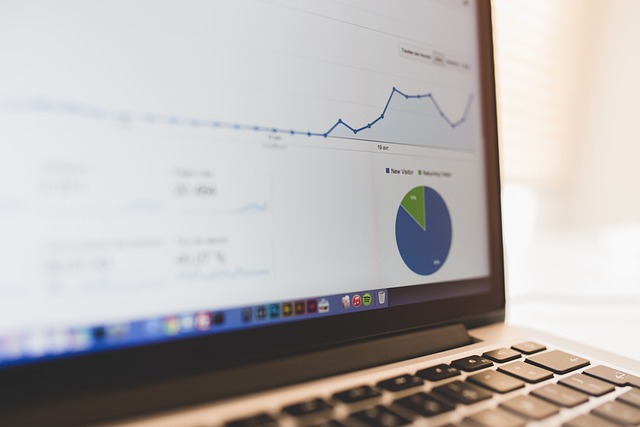
On-Page SEO plays a pivotal role in image optimization, as it involves optimizing elements within a webpage to improve search engine rankings. When it comes to images, this means ensuring they are not only visually appealing but also tailored for effective digital presentation. The right use of alt tags, for instance, provides search engines with valuable context about the image, enhancing its discoverability. Additionally, optimizing file sizes and naming conventions improves page load speeds, which is a critical factor in both user experience and SEO rankings.
By integrating best practices from On-Page SEO into image optimization, webmasters can significantly boost their website’s visibility. This includes using descriptive filenames, incorporating images strategically within content, and ensuring proper compression to maintain quality while reducing file size. These techniques not only assist search engines in crawling and indexing images effectively but also contribute to a user-friendly experience, encouraging visitors to engage longer with the content on the page.
The Impact of Visual Content on Search Engine Rankings

Visual content is a powerful tool in the world of search engine optimization (SEO), significantly influencing search engine rankings. Search engines, particularly Google, have recognized the importance of images and other visual elements in enhancing user experience. Incorporating optimized visuals into your on-page SEO strategy can drive organic traffic to your website. When an image is relevant to a user’s search query, it can improve click-through rates (CTRs) as users are more likely to engage with content that visually resonates with their interests.
Each image should be optimized for the specific page it adorns, aligning with the page’s content and target audience. This involves using descriptive file names, relevant alt tags, and compressed image formats without compromising quality. By implementing these practices, you contribute to a better user experience, as fast-loading images reduce bounce rates and encourage visitors to explore more of your site. Search engines also benefit from this optimization, making it easier for them to crawl and index your pages, ultimately boosting your website’s visibility in search results.
Optimizing Image File Names and Alt Text

Optimizing image file names and alt text is a crucial aspect of on-page SEO for images. File names should be descriptive, including relevant keywords, and keep the format consistent across all images on your site. For example, instead of “image1.jpg,” use something like “product-image-smartphone.jpg.” This helps search engines understand what the image is about, enhancing its discoverability.
Alt text, or alternative text, serves as a written description for an image when it cannot be displayed. It’s essential to write alt text that accurately represents the content of the image using relevant keywords. This not only aids in SEO but also improves accessibility for users with visual impairments who rely on screen readers. Ensure each image has unique and meaningful alt text tailored to its content.
Techniques for Efficient Image Compression without Quality Loss
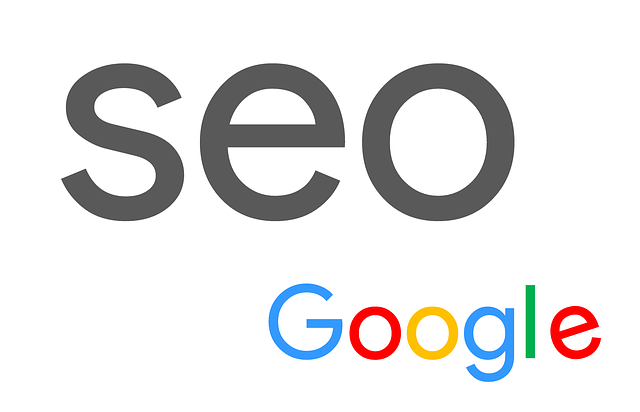
In the realm of on-page SEO, image optimization plays a crucial role in enhancing website performance and user experience. One of the key strategies involves employing efficient compression techniques without compromising image quality. Lossless compression algorithms, such as those based on LZ77 or LZ78, are particularly effective, as they reduce file sizes while retaining every pixel and detail. Tools like TinyPNG and JPEGmini offer sophisticated methods to strip out unnecessary data, resulting in smaller image files without visible degradation.
These tools often utilize advanced techniques like progressive loading, where images are progressively enhanced as they load, or by employing different compression settings for various parts of the image based on their visual importance. This ensures that critical elements remain sharp and detailed while allowing less significant areas to be compressed more aggressively, thus achieving optimal file sizes without sacrificing quality. Such practices not only speed up page loading times but also contribute to better search engine rankings, making it a vital aspect of any well-optimized website.
Incorporating Relevant Keywords in Image Metadata
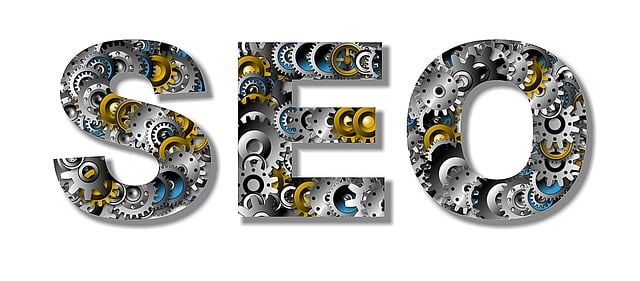
Incorporating relevant keywords in image metadata is a powerful strategy for on-page SEO. When optimizing images, start by giving them descriptive file names that include your target keywords. For instance, instead of “image1.jpg,” consider something like “seamless-pattern-modern-design.jpg.” This simple step helps search engines understand the context and relevance of your visuals.
Don’t stop there; fill out the alt text (alternative text) for each image with care. Alt text serves as a description that displays when an image can’t be loaded, but it also plays a significant role in SEO. Use keywords naturally and concisely to convey the image’s content while ensuring accessibility for all users.
Best Practices for Creating Image Sitemaps

Creating an image sitemap is a best practice for on-page SEO that shouldn’t be overlooked. A well-structured sitemap helps search engines understand your image content, enabling them to index and display your images in relevant searches. Start by ensuring each image has a unique file name that includes keywords related to its content; this makes it easier for both users and search engines to identify the image’s purpose.
Next, include alt text or alternative text for every image. This descriptive text provides an accessible description of the image for visually impaired users and acts as a signal to search engine crawlers, enhancing your image’s relevance during SEO assessments. Additionally, consider adding captions or title attributes to further optimize images by providing context and relevant keywords directly within the HTML code.
Enhancing User Experience through Fast-Loading Images
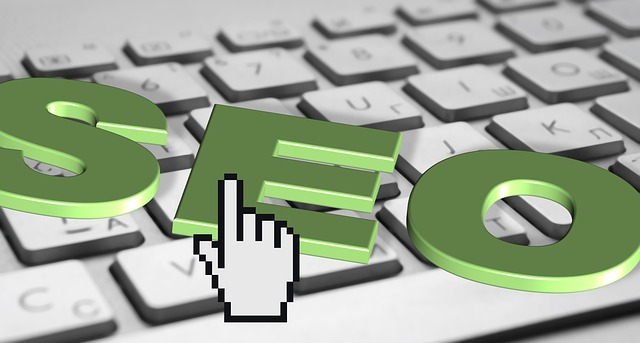
In the realm of on-page SEO, optimizing images plays a pivotal role in enhancing user experience. Fast-loading images significantly reduce bounce rates and improve overall website performance, ensuring visitors stay engaged with your content. Today’s digital era demands instant gratification, and users are more likely to abandon slow-loading pages, negatively impacting search engine rankings.
By implementing image optimization techniques, such as compressing file sizes without sacrificing quality, choosing the right file format (e.g., JPEG for photos, PNG for graphics), and leveraging alt tags, you create a seamless browsing experience. These strategies not only benefit SEO but also contribute to a website’s overall usability and accessibility.
Tools and Resources for Comprehensive Image Optimization
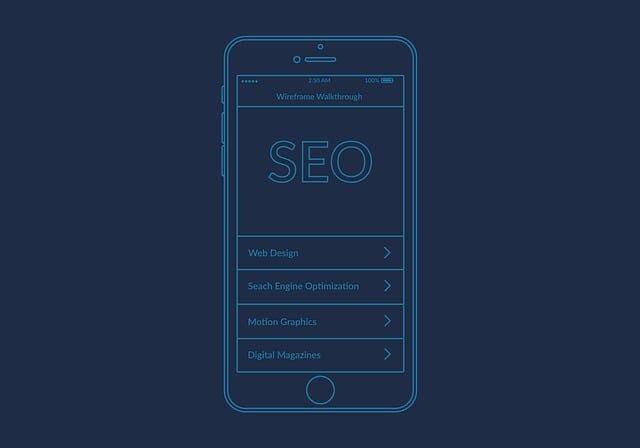
When optimizing images for on-page SEO, having the right tools and resources makes all the difference. Start by using image editing software like Adobe Photoshop or GIMP to resize, crop, and enhance visuals while ensuring file sizes remain manageable. These programs allow you to adjust alt text, a critical component of on-page SEO, which describes an image’s content to search engines and users with visual impairments.
Additionally, explore dedicated SEO tools such as Google’s Search Console and Yoast SEO that offer insights into how search engines crawl and index your site’s images. These platforms can help identify broken image links, suggest alternative text, and provide analytics on image performance. Leveraging these resources ensures your images not only enhance user experience but also contribute effectively to your overall SEO strategy.
